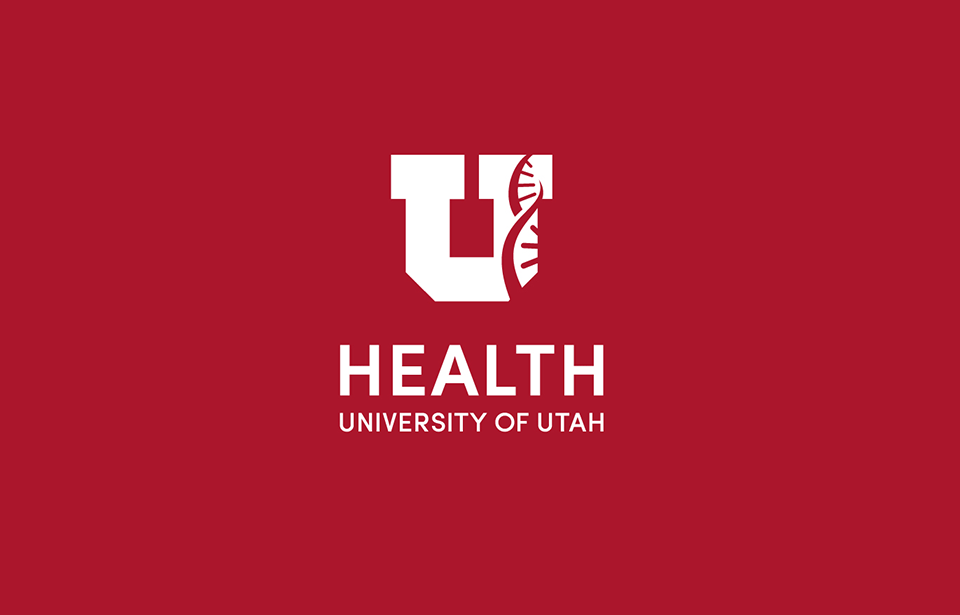What Is Thoracic Aortic Aneurysm Open Surgery (Sternotomy)?
Thoracic aneurysm open surgery is a treatment for a thoracic aortic aneurysm (TAA), a bulge in your aorta. The aorta, your body’s largest blood vessel, begins at your heart and extends into your abdomen. A thoracic aortic aneurysm (TAA) occurs in the chest portion of your aorta. During thoracic aneurysm open surgery (sternotomy), your surgeon will make a large cut (sternotomy incision) down the middle of your chest to access and repair your aorta.
Advantages of Open Surgery vs. Tevar
We operate on a thoracic aortic aneurysm using either an open approach similar to open-heart surgery or a minimally invasive technique called thoracic endovascular aneurysm repair (TEVAR).
Both surgeries are important, lifesaving treatments. The advantages of one over the other depend on the aneurysm itself, as well as your risk factors. Your surgeon will guide you regarding the most appropriate treatment option.
When Do I Need Surgery for a Thoracic Aortic Aneurysm?
You don’t always need surgery for a thoracic aortic aneurysm. Sometimes, your specialist will monitor the size of your aneurysm and symptoms to wait and see what happens. If there’s a significant risk that your aneurysm could cause problems, you may need surgery. Your surgeon will discuss your specific risks during your initial visit.
Some research shows that the aneurysm’s size in relation to your body size can play a role in the risk of problems. Other factors that we weigh when deciding to operate include:
- your age,
- your health and other medical conditions, and
- location of the aneurysm.
During the Surgery
You will be asleep under general anesthesia for the entirety of your thoracic aortic operation. After performing the sternotomy incision (cut), we will connect you to a heart-lung machine, which does the work of your heart and lungs while we safely and temporarily pause blood flow in the aorta. We will disconnect the machine from you at the end of the surgery.
During the procedure, your aortic surgeon will:
- make a sternotomy incision, a long incision down the middle of your chest.
- replace the weak part of your aorta with a graft, a piece of synthetic material that serves as an artificial blood vessel.
- reconstruct all branches of the aorta to ensure good blood flow to all parts of your body.
How Long Does Thoracic Aortic Aneurysm Surgery Take?
Thoracic aortic surgeries with a sternotomy incision usually last four to eight hours. The length of surgery depends on the complexity of the aneurysm.
How to Prepare for Surgery
Your surgical team will recommend that you follow healthy lifestyle habits to increase your overall health before the operation, such as eating a well-balanced diet and exercising at least 30 to 60 minutes daily.
Because aortic aneurysms can have a genetic component, we may provide genetic counseling to help you understand what a diagnosis means for you and your family.
You may also need to stop taking certain medicines, such as blood thinners, for a few days leading up to your surgery. The surgical team will give you specific instructions to follow before surgery.
Recovery
You will usually spend one to three nights in the cardiovascular intensive care unit (ICU) after surgery. We will then move you to a regular hospital room for the remainder of your time in the hospital. The day after surgery, your surgical team will help you get up and walk. Our dedicated cardiac rehabilitation team will start physical therapy with you in the hospital. In total, you can expect to spend seven to 10 days in the hospital.
You may return home after your hospital stay. If you need additional help after surgery, you may spend up to several weeks in an inpatient rehabilitation center where you’ll receive daily support for increasing your strength and function. Our team will make a comprehensive care plan before your hospital discharge and explain exactly what to expect after you leave the hospital.
You’ll continue physical therapy sessions after you leave the hospital. A physical therapist may work with you at home or the inpatient rehabilitation center. Or, you may go to outpatient cardiac rehabilitation for customized 60-minute physical therapy sessions about three days a week for four to six weeks.
How Long Does It Take for the Sternum to Heal After Open Heart Surgery?
It usually takes around two months for the sternum to heal fully.
Allowing the sternum to heal properly is one of the most crucial parts of your recovery. A physical therapist will teach you to move in ways that reduce pressure on your sternum. For example, you’ll need to keep your arms close to your body, as if you’re moving inside of a tube.
How Long Does Sternotomy Pain Last?
Your first three to four days after a sternotomy are the most painful. You may feel sore for up to a month, but pain lessens significantly after the first week.
We can give you intravenous (IV) or oral (taken by mouth) medications for pain while you’re in the hospital. At home, you can usually manage the pain with over-the-counter medication such as acetaminophen.
Sternotomy Precautions
One of the most important precautions after a sternotomy is to pay attention to your breathing. Many people avoid taking deep breaths after a sternotomy because it feels painful to expand their lungs. But improper or shallow breathing can increase your risk of surgical complications such as lung collapse.
Your surgical team will give you specific exercises to keep your lungs healthy and functional. You’ll inhale through a small tube (incentive spirometer) that measures the force of your breaths and helps expand your lungs fully. You’ll practice breathing with the spirometer around 10 times each hour for the first two weeks after surgery.
Find an Aortic Disease Surgeon
Complications
Uncommon but severe complications of thoracic aortic aneurysm surgery can include:
- heart muscle damage,
- lung collapse,
- organ damage,
- stroke, or
- death.
When we recommend surgery, it’s always because the benefits of surgical treatment outweigh the potential risks of the operation. Our surgeons are highly skilled in thoracic aneurysm open surgery and managing possible complications.
How Successful Is Thoracic Aortic Aneurysm Surgery?
If you have a thoracic aortic aneurysm, it can be life-threatening. Fortunately, surgery can be lifesaving. Our expert team uses the most advanced techniques to treat thoracic aortic aneurysms. Our outcomes meet and often exceed the nation’s highest standards for thoracic aortic aneurysm surgery success rates.
Why Choose University of Utah Health?
When you go to U of U Health for thoracic aortic aneurysm treatment, you are choosing the most experienced, specialized team by surgery volume and physician training in the Mountain West region. An entire team of aortic disease specialists, including cardiac and vascular surgeons, creates your treatment plan. When our team cares for you, you can expect a treatment plan that an entire group of experts believes is the most effective approach.
Many of our doctors have high degrees of specialization not found anywhere else in the Mountain West. For example, we have cardiology-trained anesthesiologists, cardiac rehabilitation specialists, and a cardiovascular intensive care unit (ICU) staffed 24/7 with physicians who specialize in cardiovascular critical care. We offer the most up-to-date treatments, surgical devices, and procedures to treat aortic disease.
Schedule a Consultation
Need to see an aortic specialist? First thing to do is get a referral from your primary care doctor. Once you have referral and have made an appointment, you can prepare for your appointment by:
- Letting your insurance know you have an appointment and reviewing your insurance coverage.
- Having a copy of your medical history ready.



